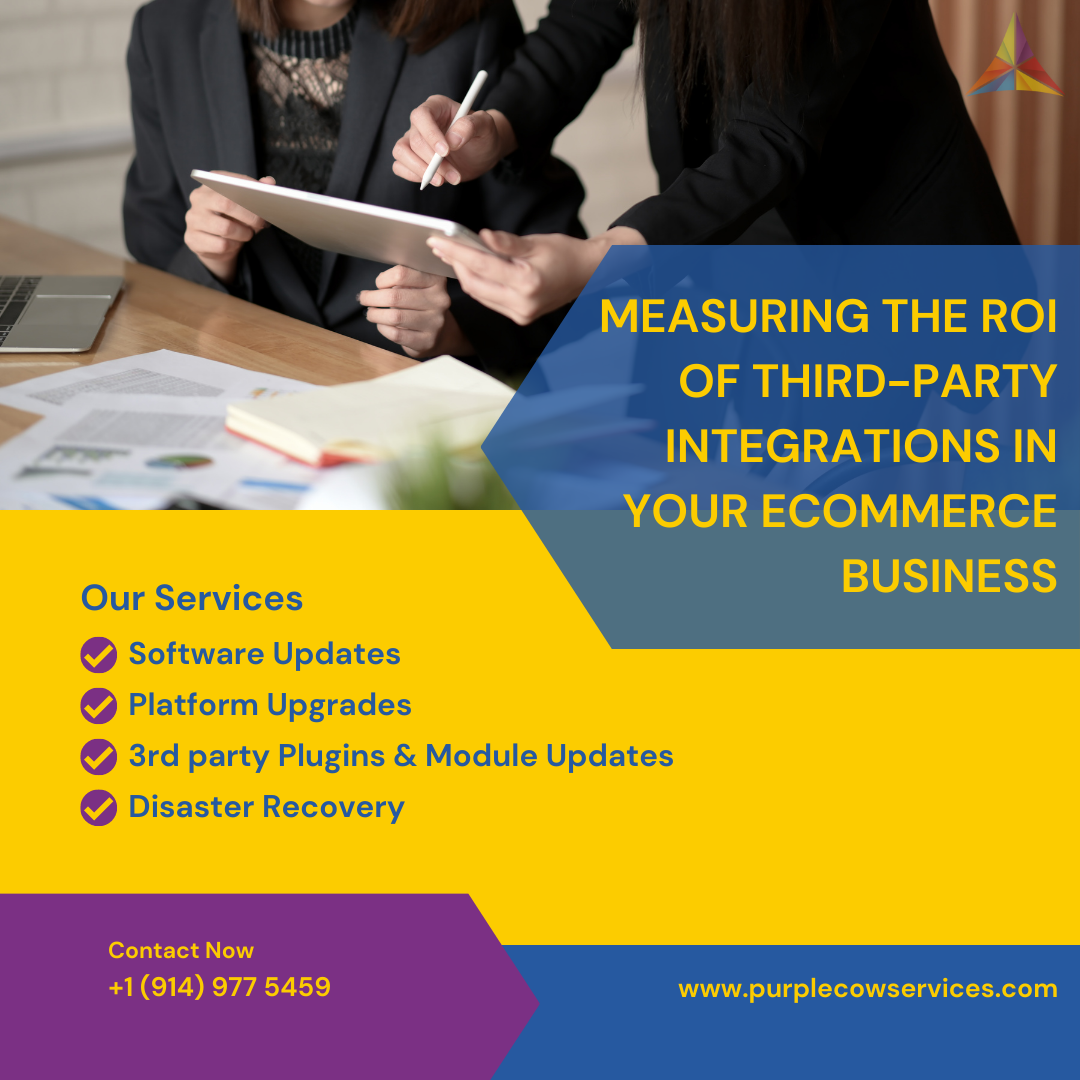When it comes to measuring the ROI of third-party integrations in your eCommerce business, there are several factors that you need to consider. In this blog post, we will explore these factors and provide you with tips and strategies to help you accurately measure the ROI of your third-party integrations.
Share This Story, Choose Your Platform!
Identify Your Key Performance Indicators (KPIs)
Before you can measure the ROI of your third-party integrations, you need to identify your key performance indicators (KPIs). These are the metrics that you will use to determine the success or failure of your integrations. Some common KPIs for eCommerce businesses include conversion rate, average order value, customer acquisition cost, and customer lifetime value.
Set Baseline Metrics
Once you have identified your KPIs, you need to establish baseline metrics. These are the metrics that you will use to compare the performance of your integrations. For example, if your conversion rate is currently 2%, you will use this as your baseline metric to measure the impact of your third-party integrations.
Choose the Right Analytics Tools
To accurately measure the ROI of your third-party integrations, you need to choose the right analytics tools. Google Analytics is one of the most popular tools for eCommerce businesses, as it provides a wide range of data and insights. However, there are also other tools available, such as Mixpanel and Kissmetrics, that may better suit your needs.
Analyze Data Regularly
To effectively measure the ROI of your third-party integrations, you need to analyze your data regularly. This means tracking your KPIs on a regular basis and making adjustments to your integrations as needed. For example, if you notice that a particular integration is not driving the results you expected, you may need to adjust your strategy or choose a different integration.
Calculate ROI
Once you have analyzed your data, you can begin to calculate the ROI of your third-party integrations. To do this, you need to subtract the costs of your integrations from the revenue generated as a result of those integrations. For example, if you spent $500 on an integration and it generated $1,000 in revenue, your ROI would be 100%.
Continuously Optimize
Measuring the ROI of your third-party integrations is an ongoing process. As your business evolves and your customer needs change, you will need to continuously optimize your integrations to ensure that they are delivering the results you need. This means regularly testing new integrations, analyzing your data, and making adjustments as needed.
Conclusion
Measuring the ROI of third-party integrations in your eCommerce business requires careful planning, analysis, and optimization. By identifying your KPIs, setting baseline metrics, choosing the right analytics tools, analyzing data regularly, calculating ROI, and continuously optimizing, you can accurately measure the impact of your third-party integrations on your business and make informed decisions about how to move forward.
Maximizing ROI with eCommerce integrations is now possible with Purple Cow. Our expert team will help you measure the impact of third-party integrations on your business and guide you to make data-driven decisions to boost sales. Trust us to help you stay ahead of the competition and get the most out of your eCommerce business.
Share This Story, Choose Your Platform!
In This Blog:

















